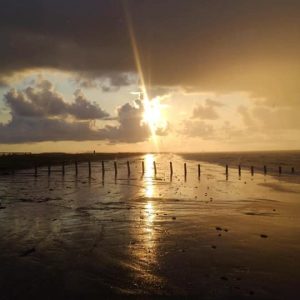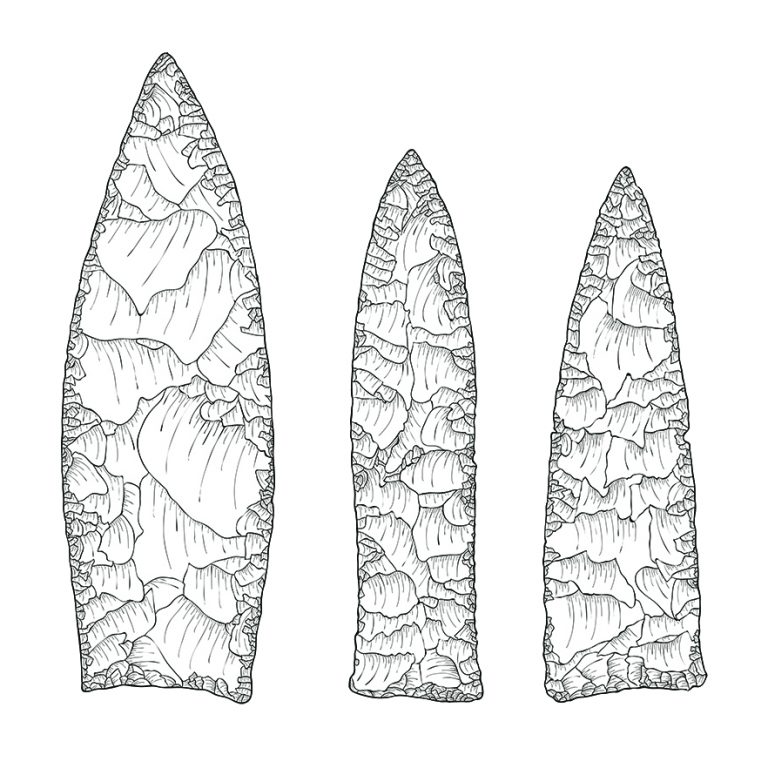Sea Rim State Park
The Heritage Research Center houses a community of scholars and researchers who investigate and document natural and cultural heritage. The National Historic Sites project allowed several of our student workers to travel to various state parks and national wildlife refuges. The students included Mary Piro, Sophia Savage, Haley Garrelts, and Brandon Howell. This blog post series strives to call awareness to the conservation of state parks and national wildlife refuges. We went to six parks and refuges: Mission Tejas State Park, Caddo Lake State Park, Martin Dies Jr. State Park, Sea Rim State Park, Trinity River National Wildlife Refuge, and Anahuac National Wildlife Refuge. We asked the rangers a series of questions, including why parks and refuges should be preserved and conserved. Another personal favorite was our final question “what are the park’s or refuge’s myths and legends?” These questions gave us an inside look at the parks and their inhabitants. This project was created to show the importance of conserving and protecting our natural lands.
Sea Rim State Park is located where the marshes meet the sea. This creates unique habitats for the park’s diverse wildlife. We spoke with Park Superintendent Nathan Londenberg, whose story about getting involved with the parks is pretty interesting! He told us that he grew up in Africa because his father was a missionary. During his time there, he witnessed firsthand the damaging effects humans can have on the planet. The area he grew up in should have had an abundance of plant and animal life, but, due to unregulated pit mining and general disregard for wildlife, it was the exact opposite. After experiencing this, Superintendent Londenberg realized he wanted to pursue a career that protected the earth.
When asked about conservation, Superintendent Londenberg quoted Dr. Dame Daphne Sheldrick, who dedicated her life to helping Africa’s wildlife, saying that “saving wildlife and wilderness is the responsibility of all thinking people. Greed and personal gain must not be permitted to decimate, despoil and destroy the earth’s irreplaceable treasure for its existence is essential to the human spirit and the well-being of the earth as a whole. All life has just one home – the earth – and we as the dominate species must take care of it.” This quote rolls all our feelings about conservation into two sentences. We, the people of Earth, are responsible for taking care of the planet.

Conservation is part of the reason parks are so important. Sea Rim provides an insanely diverse ecosystem for the public to enjoy. This promotes personal well-being and educational opportunities in social and cultural aspects. Parks offer events to learn about different topics, such as the Full Moon to Moon Snails event at Sea Rim. Events like this help bring awareness to a park and its wildlife. It gives patrons the ability to see wildlife up close and personal. Through these events the parks can cement the idea of conservation through the conversations they have. They can ask rangers questions and learn about new exciting wildlife. State parks, like Sea Rim, protect unique environments to make sure many generations can visit them and learn about the wonder.
Sea Rim hosts 4,000 acres of marshland and five miles of gulf shoreline. It is also home to a plethora of wildlife from microscopic to mammals who live among the sand dunes and marshes. The park is located near Sabine Pass right across from Louisiana. Sea Rim is filled to the brim with wonderful adventures and calming scenery. While it is a bit of a drive from Nacogdoches, Sea Rim is definitely worth the visit!



